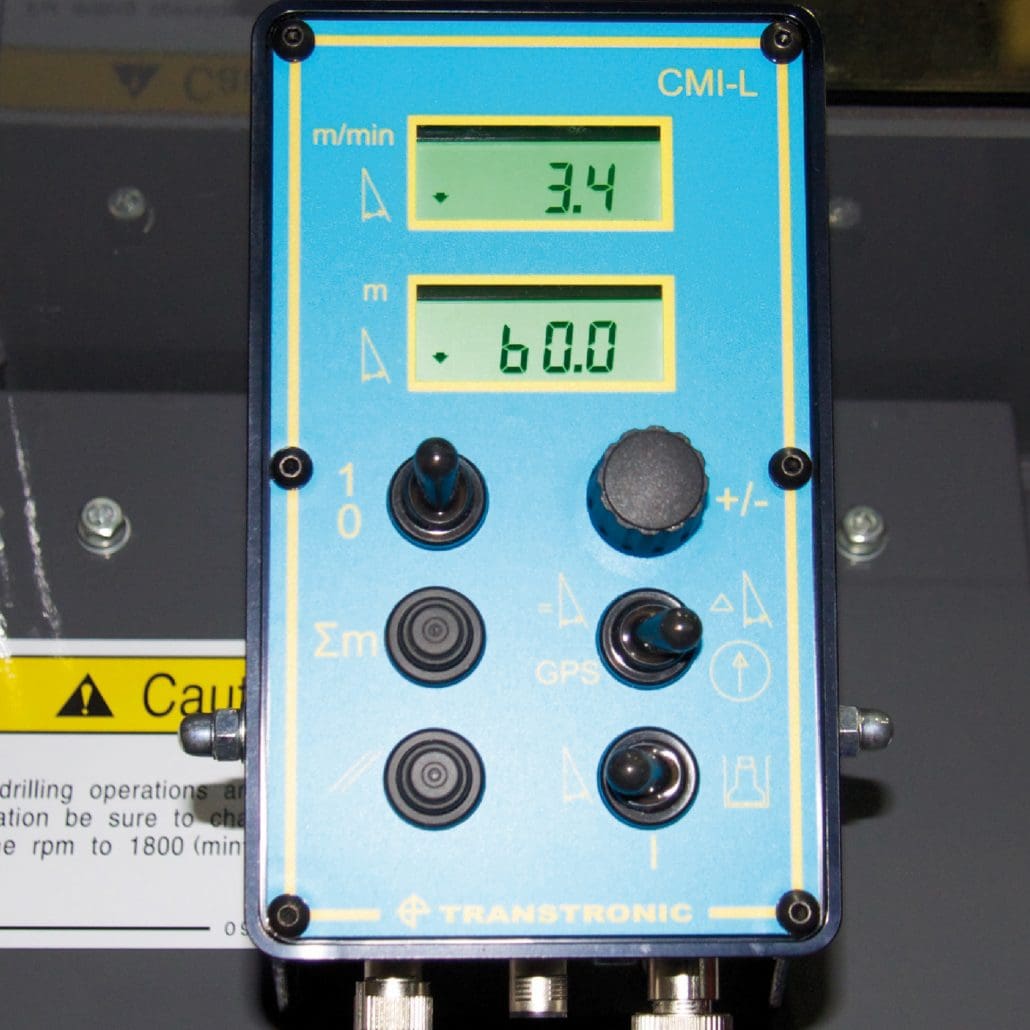
The map in Figure 1 shows how average annual temperatures in the Southwest from 2000 to 2020 differed from the average over the entire period since widespread temperature records became available (1895–2020).įigures 2 and 3 show two ways of measuring drought in the Southwest: the Drought Monitor and the Palmer Drought Severity Index. Temperature and drought data come from a network of thousands of weather stations overseen by the National Weather Service. This feature focuses on six states that are commonly thought of as “southwestern” and characterized at least in part by arid landscapes and scarce water supplies: Arizona, California, Colorado, Nevada, New Mexico, and Utah. Parts of the Southwest are also experiencing long-term reductions in mountain snowpack (see the Snowpack indicator), which accounts for a large portion of the region’s water supply. While two indicators in this report present information about unusually high or low temperatures and drought on a national scale (see the High and Low Temperatures indicator and the Drought indicator), this feature highlights the Southwest because of its particular sensitivity to temperature and drought. Droughts also contribute to increased pest outbreaks and wildfires, both of which damage local economies, and they reduce the amount of water available for generating electricity-for example, at the Hoover Dam. Thus, even a small increase in temperature (which drives evaporation) or a decrease in precipitation in this already arid region can seriously threaten natural systems and society. People in the Southwest are particularly dependent on surface water supplies like Lake Mead, which are vulnerable to evaporation. Water is already scarce in the Southwest, so every drop is a precious resource. All of these plants, animals, and people need water to survive. Yet this landscape actually supports a vast array of plants and animals, along with millions of people who call the Southwest home. Indeed, much of this region has low annual rainfall and seasonally high temperatures that contribute to its characteristic desert climate. Weather rocks are located all over the world.The American Southwest might evoke images of a hot, dry landscape-a land of rock, canyons, and deserts baked by the sun. ( March 2019) ( Learn how and when to remove this template message) Statements consisting only of original research should be removed. Please improve it by verifying the claims made and adding inline citations. This section possibly contains original research.

If the rock is missing, there was a tornado.If the rock is under water, there is a flood.If the rock is bouncing, there is an earthquake.If the ice is thick, it's a heavy frost.


If the rock is coated with ice, there is a frost.If the rock is difficult to see, it is foggy.If the rock does not cast a shadow and is not wet, the sky is cloudy.If the rock casts a shadow, the sun is shining.If the rock is swinging, the wind is blowing.Some examples of the instructions commonly provided for "reading" a weather rock include:


 0 kommentar(er)
0 kommentar(er)
